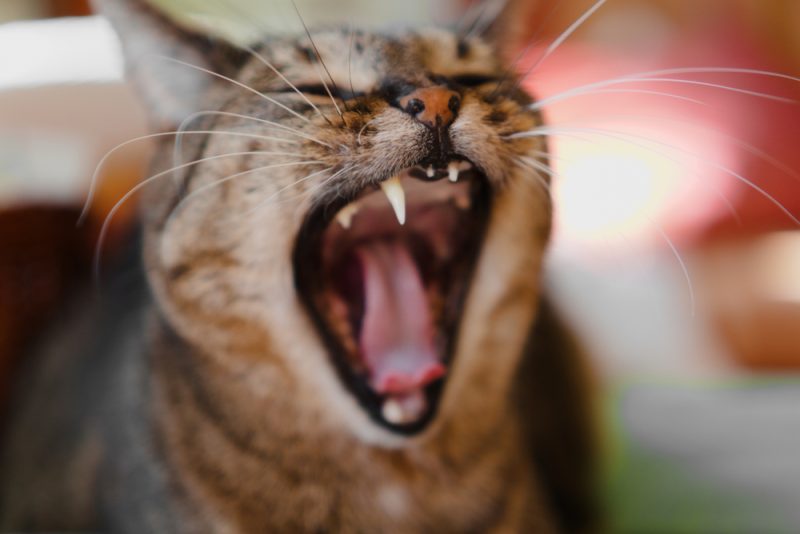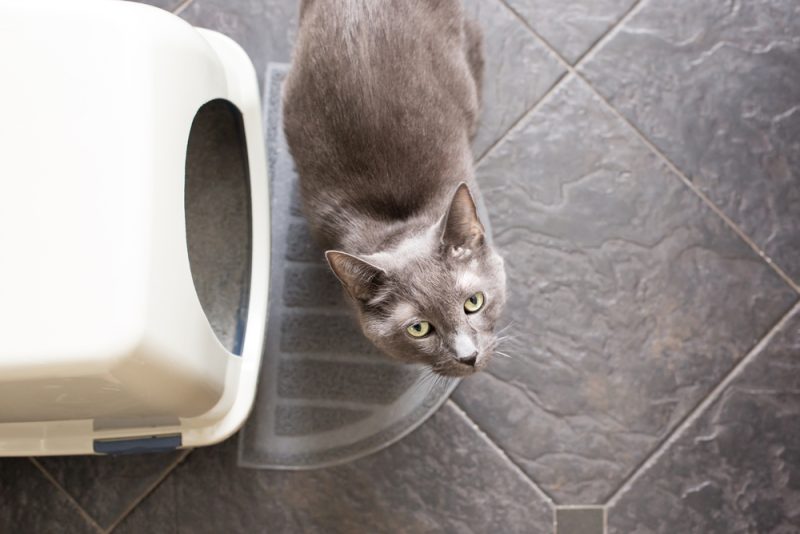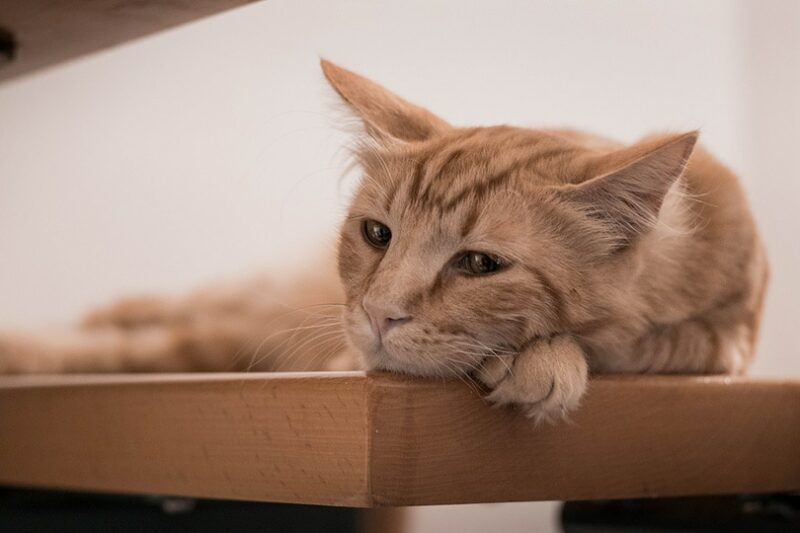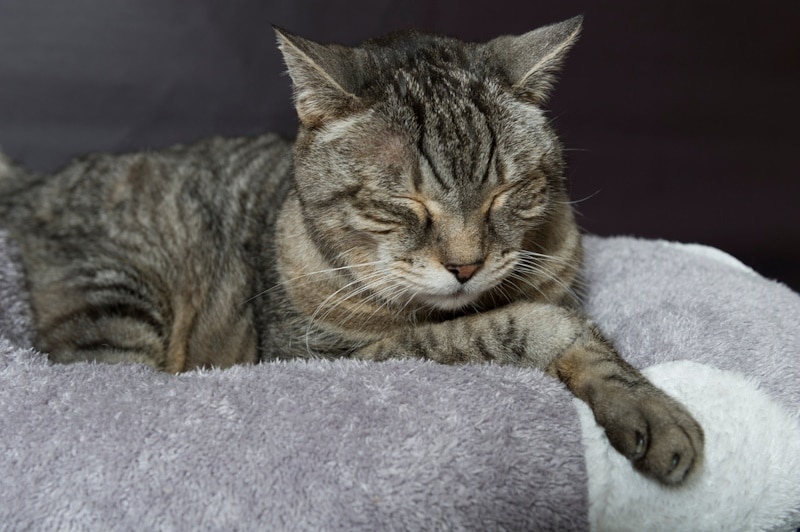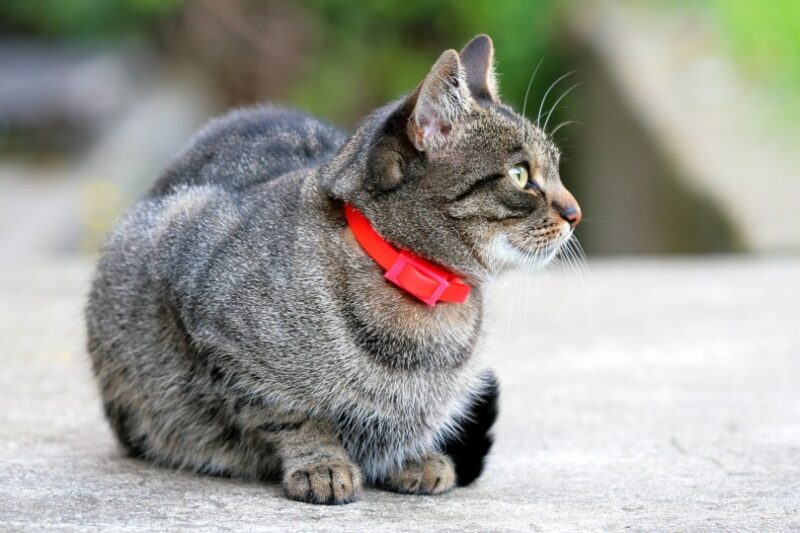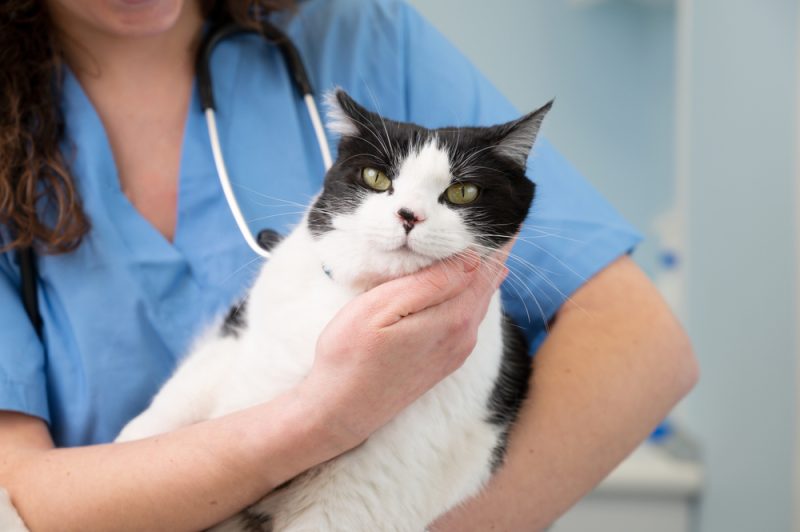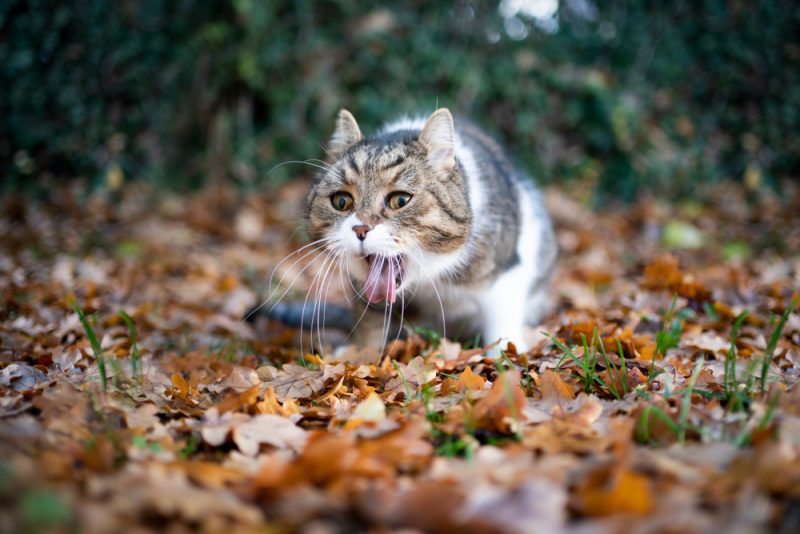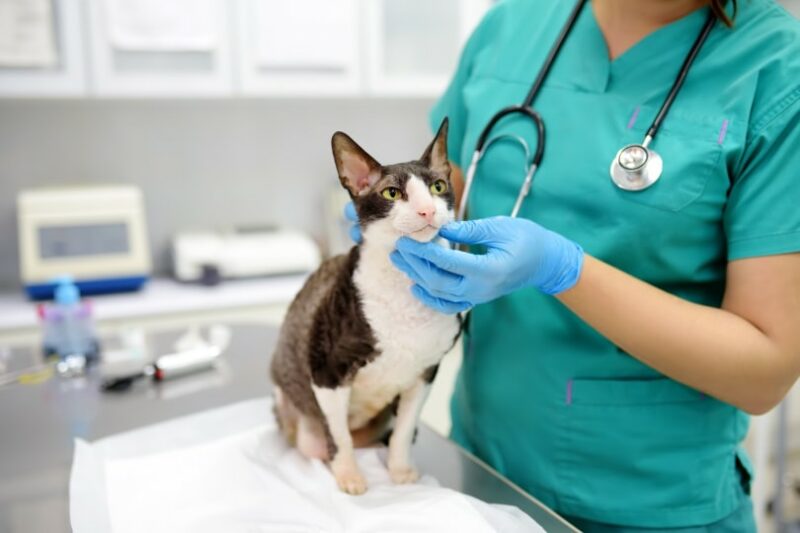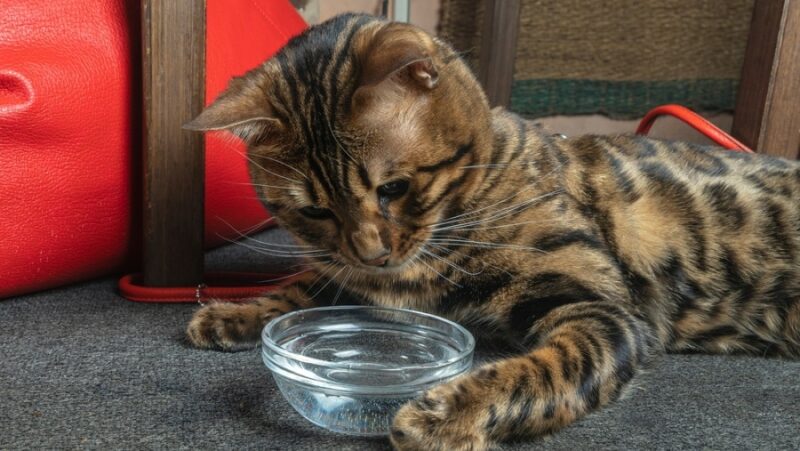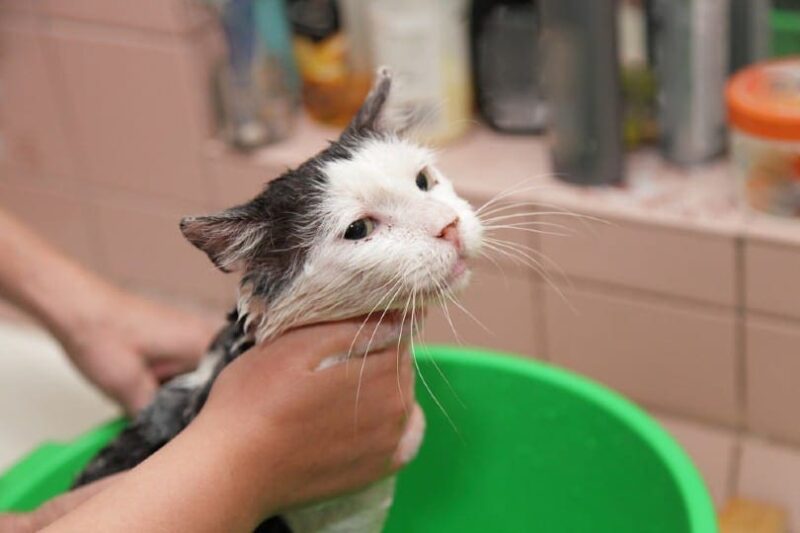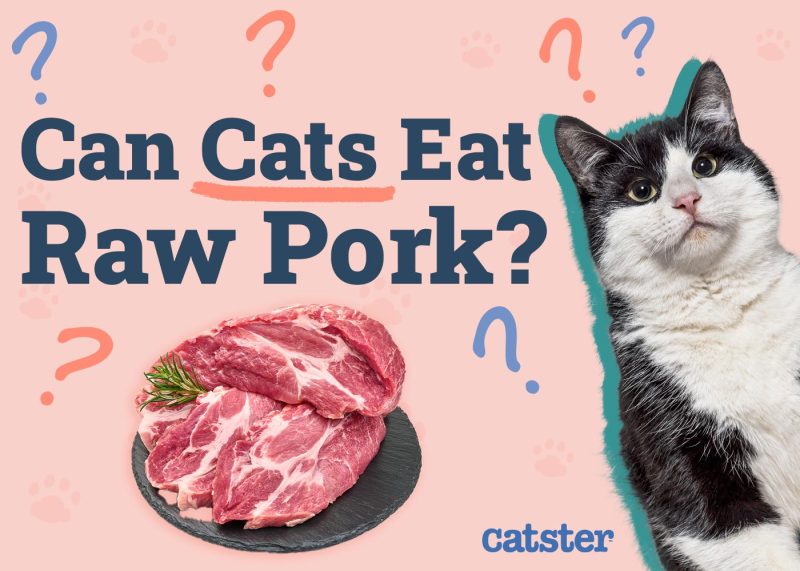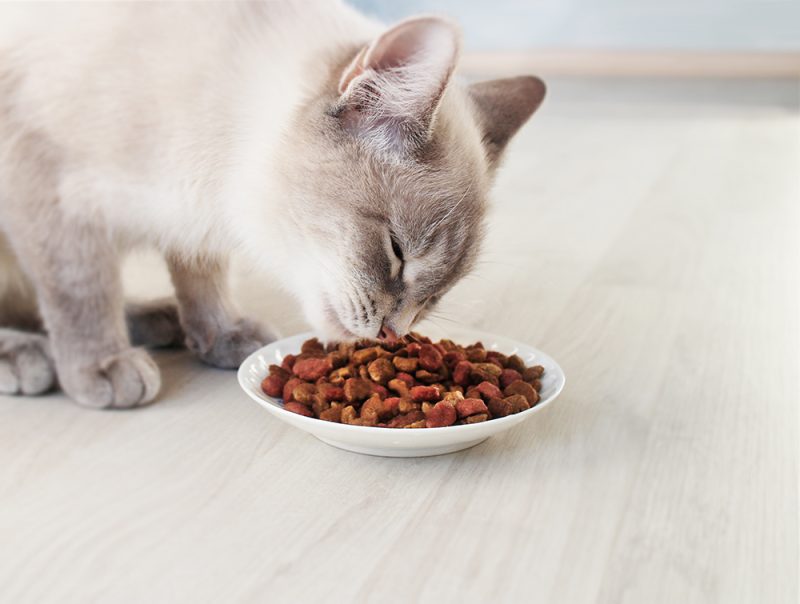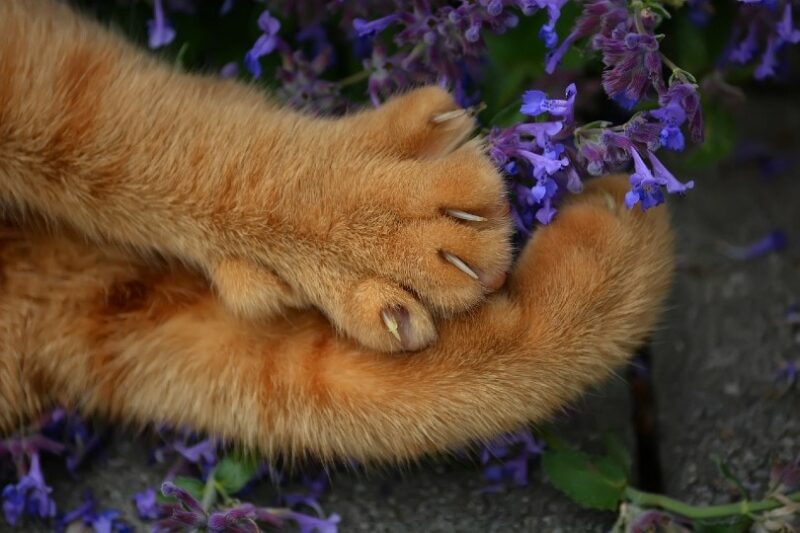In this article
View 2 More +Feline chronic gingivostomatitis (FCGS) is a condition in which cats develop inflammation of the gums and oral cavity. Although understanding of this disease is still progressing it is widely reported to be an immune-mediated disorder and also may involve infection with feline calicivirus. Technically, it is not that cats are born allergic to their teeth, but an unknown trigger that leads to a reaction either to their teeth or substances on them over time leads to severe inflammation necessitating extraction of involved teeth.
Read on to find out more about this complex disease that may affect up to 26% of domestic cats.1

What Is Feline Chronic Gingivostomatitis?
Well, this is actually a very good question and one which scientists are still working on. Understanding of this debilitating disease has progressed a lot and it is now accepted to be an immune-mediated disorder.
Let’s break down some of these complicated words. For a start the name: feline (cat), chronic (present for an extended period of time), gingivo (related to gums), stoma (related to mouth) and lastly –itis (meaning inflammation). Literally cat inflammatory gum and mouth disease.
Now for the immune mediated part. An immune mediated disease is one in which the immune system is functioning abnormally and targeting the body’s own tissues resulting in inflammation and/or disease.
Over the last several decades various theories have been suggested for the development of FCGS including cats having an allergy to plaque, other viruses and bacteria. This may be where the theory that cats can be allergic to their own teeth comes from. It is now felt that plaque plays less of a role in the disease and its severity. However oral care does play a large part in treatment of this disease.
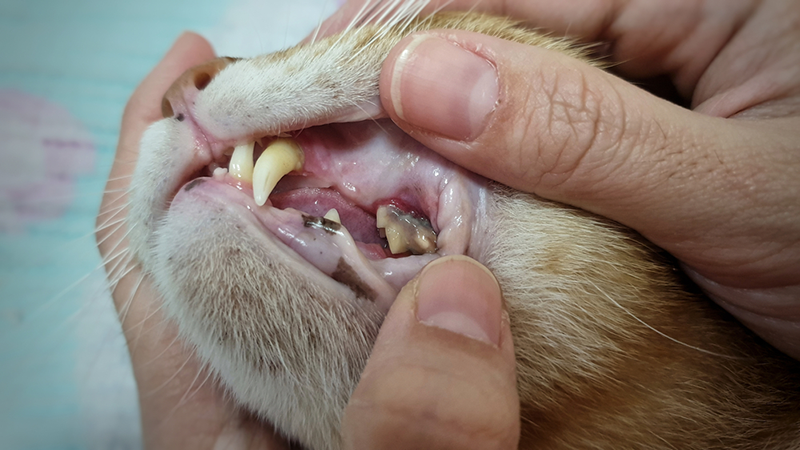
Clinical Signs of Gingivostomatitis in Cats
The most obvious feature of FCGS is inflammation in the mouth of varying severity. There are two main subsets although cats can have both: proliferative and ulcerative FCGS.
- Smelly breath (halitosis)
- Some but not all cats have a reluctance to eat
- Dropping food out of the mouth
- Visible inflammation of the gums and mouth
- Signs of pain such as hissing when trying to eat
- Bleeding or pus from the mouth
- Pawing at the mouth
- Weight loss
- Poor grooming
- Drooling
Any of these signs mean that you should promptly make an appointment with a veterinarian for an assessment. Ginvigivostomatitis is a painful condition and although many cats are good at hiding their discomfort, treatment is of the utmost importance.
If you need to speak with a vet but can't get to one, head over to PangoVet. It's an online service where you can talk to a vet online and get the advice you need for your pet — all at an affordable price!

Feline Chronic Gingivostomatitis Diagnosis
To diagnose FCGS, a complete oral exam is essential. The veterinarian will start with a general health exam and checking the mouth. In many cases, due to the severe pain, the veterinarian will need to anesthetize your cat in order to examine their mouth fully so this may be scheduled for a second visit.
The vet may also recommend additional tests, such as blood tests to rule out certain additional viral conditions (feline leukemia virus or feline immunodeficiency virus), swabs to test for feline calicivirus, dental x-rays to assess for tooth resorption and periodontitis (inflammation of the tissues supporting the teeth) or even fine needle aspiration or biopsy to examine the cells and rule out other similar looking conditions such as tumors and other inflammatory disease.
You may also be asked to fill out a form called the Stomatitis Disease Activity Index or SDAI. This form helps to assess and track changes to your cat’s mouth and signs of how it is impacting their quality of life.
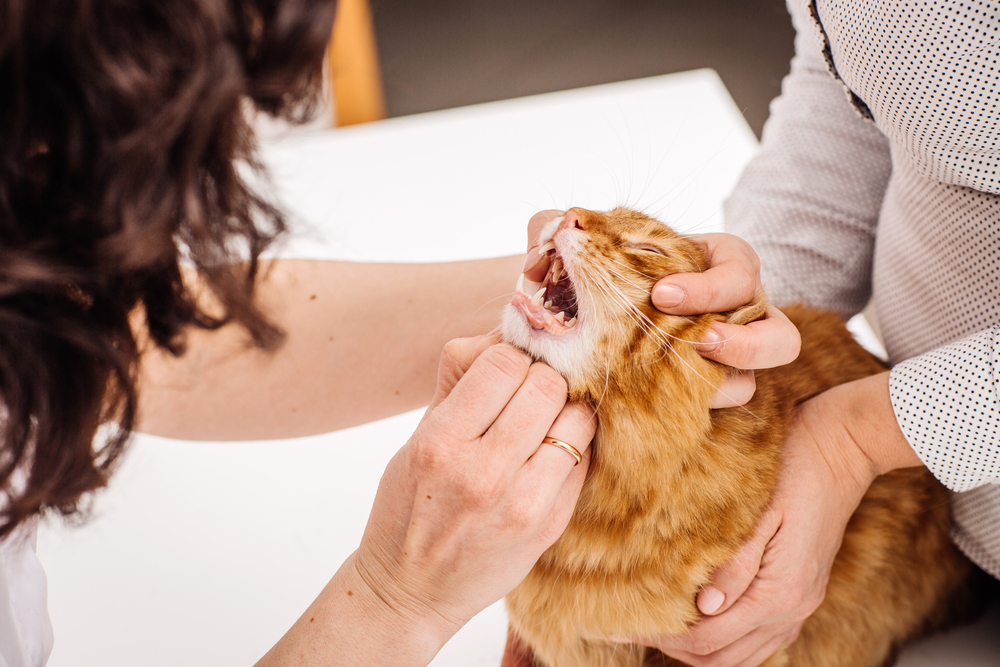
Feline Chronic Gingivostomatitis Treatment
After a careful assessment the veterinarian will make recommendations for treatment. It is important to note that a cure is not always possible despite extensive treatment and so it is suggested to discuss likely outcomes with the veterinarian.
Some veterinarians may recommend steroids and/or antibiotics as initial treatment. This will make the affected cat feel more comfortable but only in the short term. Although a common treatment regimen, other options are now also available.
Dental treatment is the mainstay of treatments for these cats if at all possible. Many cats will benefit from having some or all of their teeth taken out depending on the severity and location of the inflammation. It may seem daunting, but this is currently the only treatment that has good success rates in the longer term. Your cat will still be able to eat well even if they have no teeth and more importantly they will be in less pain.
If you are concerned about your cat’s oral health, contact a vet for a complete oral exam. It’s also recommended to go with your cat to periodic checkups annually (once or twice a year), where your cat’s mouth will be examined, including their teeth.

Other Dental Health Concerns
Two of the most common dental diseases in cats are tooth resorption and periodontal disease, and these also create pain. Both conditions are often found alongside feline chronic gingivostomatitis.
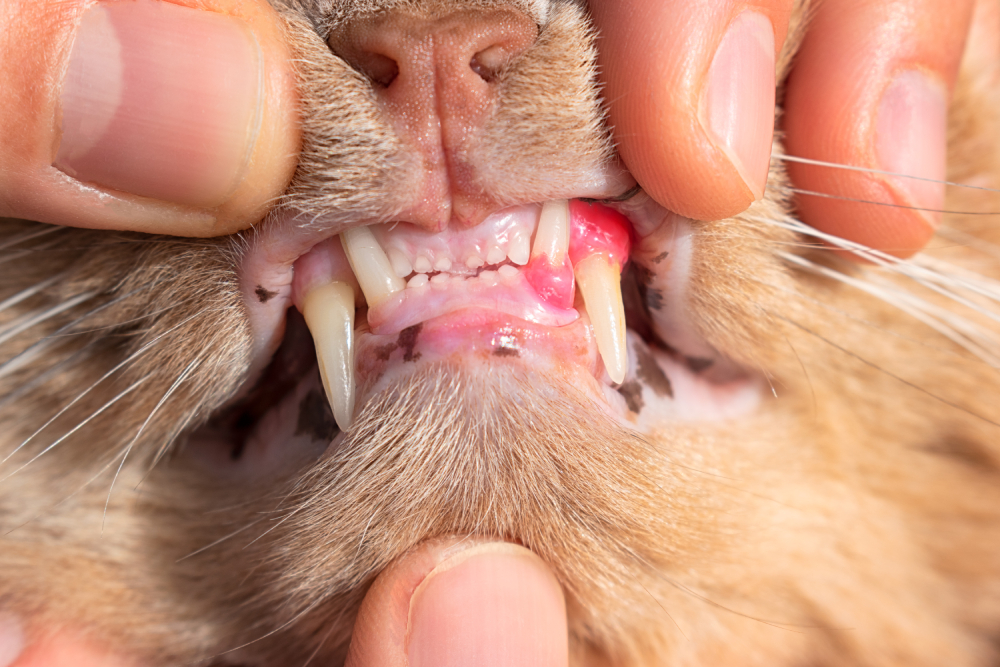
Tooth Resorption
Tooth resorption, also known as feline odontoclastic resorptive lesions (FORL), affects approximately 70% of cats over the age of 5. This condition gradually erodes the tooth (root and/or crown). It is often not detectable until fairly advanced.
Many cats do not show obvious clinical signs, despite the pain, and the problem can go unnoticed by their owners for a long period. However, some cats may show the following clinical signs:
- Excessive salivation
- Bleeding gums
- Avoiding food consumption despite having an appetite
- Discomfort to touch
- Increased irritability
- Champing of the teeth or “chattering” if something touches the affected tooth
The treatment consists of a veterinarian extracting the affected teeth after a dental exam.
Periodontal Disease
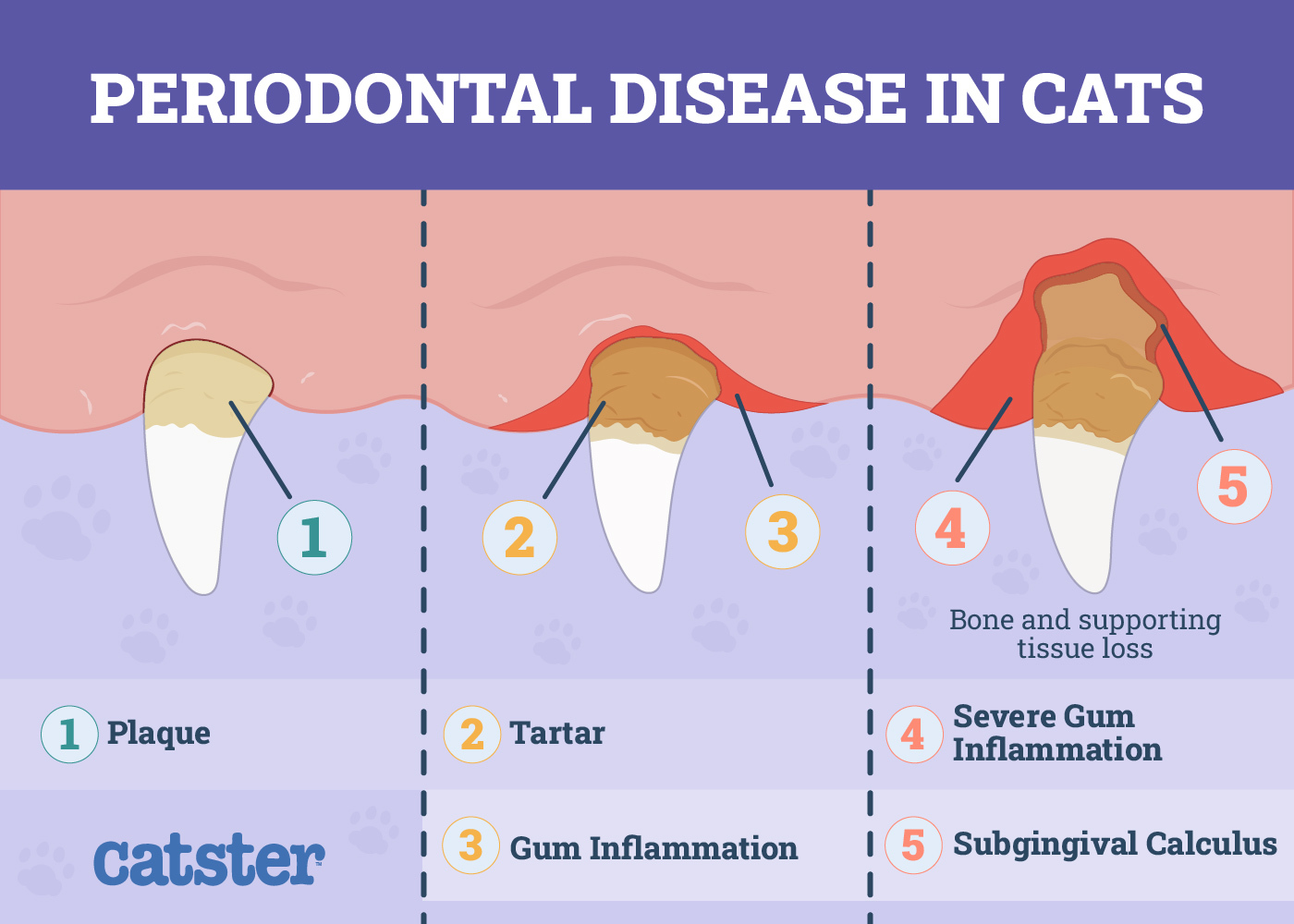
Periodontal disease is represented by the gradual deterioration of the tissues around the teeth: ligaments, alveolar bone, and gum. It starts as inflammation of the gum and at this point can be reversed with good dental hygiene. As it progresses it is increasingly difficult to resolve and results in the loss or extraction of teeth. Signs at home are similar to those seen with tooth resorption- inflamed sore gums perhaps with visible plaque and tartar. The pain can result in behavior changes such as sleeping more, food avoidance or irritability. Studies show that periodontal disease can increase the risk of kidney, liver, and heart diseases in cats. The risk of periodontal disease increases as cats age, reinforcing the importance of regular health check ups in older cats.

Frequently Asked Questions
Is FCGS in Cats Treatable?
FCGS is treatable for most cats; cure of the disease is not guaranteed with treatment. The best outcomes are seen in cats that do not have other diseases such as feline leukemia virus and that have professional veterinarian dental care and extractions. A study published in 2015 gave cure rates of 28% and considerable improvement in 39% with dental extractions and medical management. They also saw that 6% of cats had no improvement and 26% had little improvement. Realistic expectations of investment and ongoing care should be discussed with the veterinarian.
What Can I Do If My Cat Has Stomatitis?
If your cat has been diagnosed with gingivostomatitis, the best thing that you can do is to talk to the vet about a treatment plan, home care, prognosis and costs involved. Full investigation and dental extractions can be a considerable financial investment, it is best to be prepared. Follow the vet’s instructions and give any medications consistently.
Is Stomatitis Contagious in Cats?
No, feline stomatitis is not contagious per se. It is how an individual cat’s immune system responds to an as yet not fully known trigger. It has however been shown that single cats are less likely to have the disease than those living with other cats. Living with another cat increases the risk 7 fold.
How Long Can My Cat Live With Stomatitis?
Cats with stomatitis can live many years with this condition, but their quality of life and well-being without treatment will be seriously affected. The disease causes considerable pain and mouth discomfort. It can result in weight loss due to reluctance to eat due to pain and even difficulties with everyday care such as grooming. It is vital to take your cat to the vet for an evaluation and proper treatment from the first signs of illness.

Conclusion
Cats, at present, are not considered to be allergic to their own teeth. What they can have is a dysfunction of the immune system resulting in inflammation of the gums and tissues of the mouth. The exact causes are still being researched, but it is now believed to be immune-mediated potentially in response to feline calicivirus and likely other additional factors. In addition to pain, signs can include excessive salivation, inflamed gums, feeding difficulties, poor grooming, weight loss and changes in behavior.
Effective treatment usually involves both medication and extraction of teeth but a cure cannot be guaranteed.
Featured Image Credit: KMQ, Shutterstock
